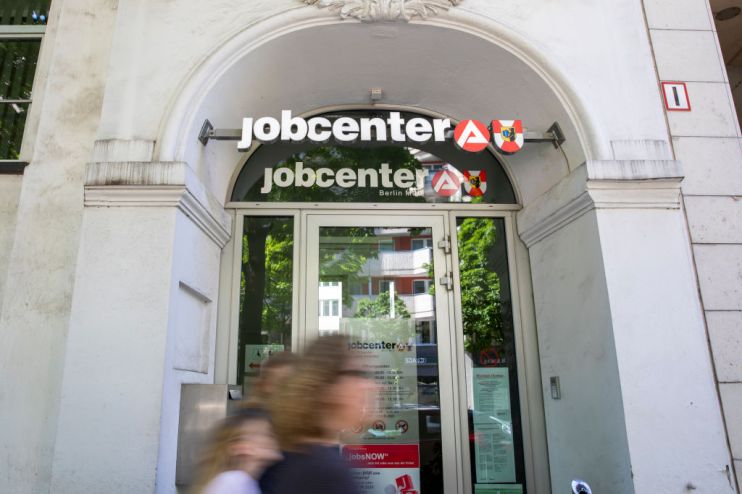Eurozone unemployment creeps up in April amid Covid-19 lockdown

Eurozone unemployment hit 7.3 per cent in April as the coronavirus crisis took its toll on economies across the bloc.
The figure was an increase on the 7.1 per cent unemployment rate recorded in March but was below forecasts of 8.2 per cent.
The EU unemployment rate was 6.6 per cent in April, up from 6.4 per cent the previous month, according to official data from Eurostat.
The statistical body estimated that 14.1m men and women were unemployed across the EU in April following a month on month increase of 397,000.
Neil Birrell, chief investment officer at Premier Miton, said the data was “better than expected”.
“It looks like people in Europe are keen to get back to work, as they are in the US. This should provide more support for markets as lockdown continues to ease.”
The figures showed a more marked increase in youth unemployment in April as the Covid-19 lockdown decimated jobs across the service and leisure sectors.
The unemployment rate for under-25s was 15.4 per cent in the EU and 15.8 per cent in the Eurozone, rising from 14.6 per cent and 15.1 per cent respectively.
However, the overall rise in unemployment was likely limited by government-backed furlough and loan schemes across the bloc.
Eurostat said Covid-19 had sparked a sharp increase in claims for unemployment benefits across the EU.
However, it warned there were some discrepancies in the figures as many of those registered as unemployed were no longer listed as actively looking for work due to working restrictions of childcare requirements.
“Unemployment is a real litmus test for the economic fallout linked to the coronavirus pandemic, and governments across the EU will be highly sensitive about how these figures evolve in such unchartered waters,” said Robert Alster, head of investment services at Close Brothers Asset Management.
“The elephant in the room is the basic economic principle of demand. Unless governments, in collaboration with the ECB, can find a way to stimulate it, and fast, the EU may find itself in this uncomfortable position for some time to come.”
New figures have shown tentative signs of recovery in both the Eurozone private sector and manufacturing in May as governments look to restart their economies following a protracted Covid-19 shutdown.